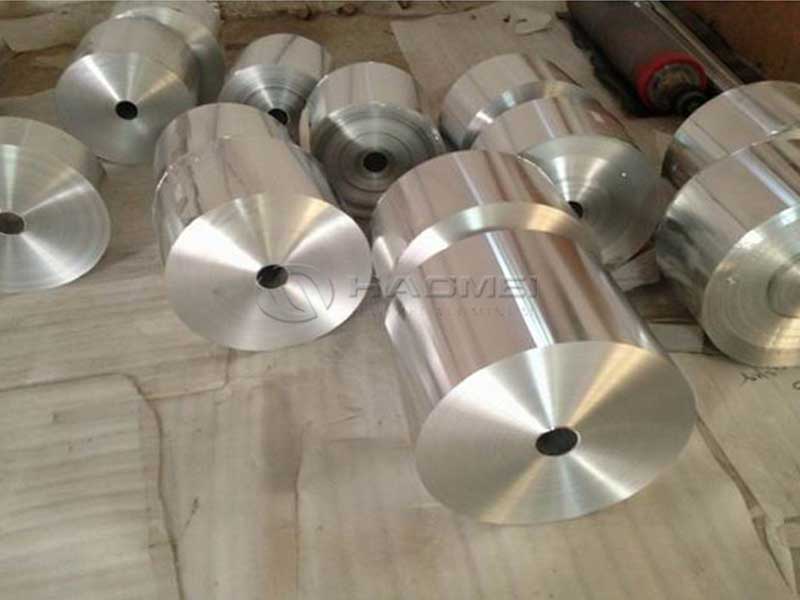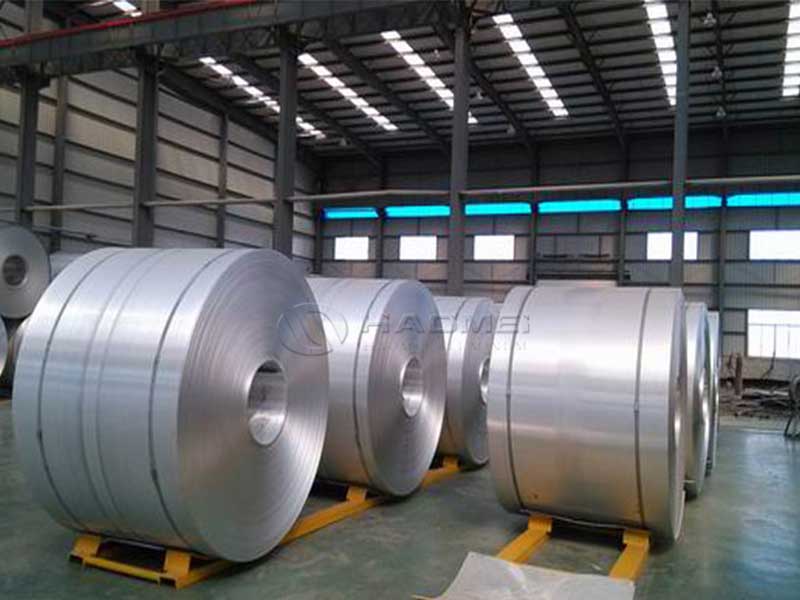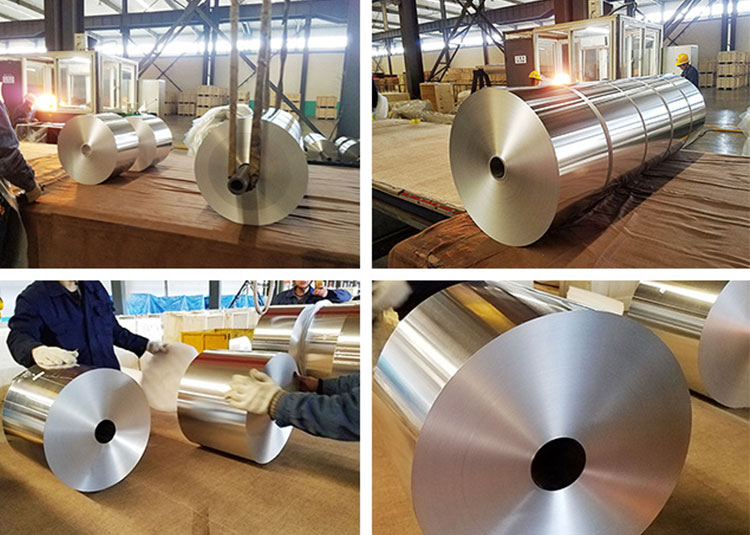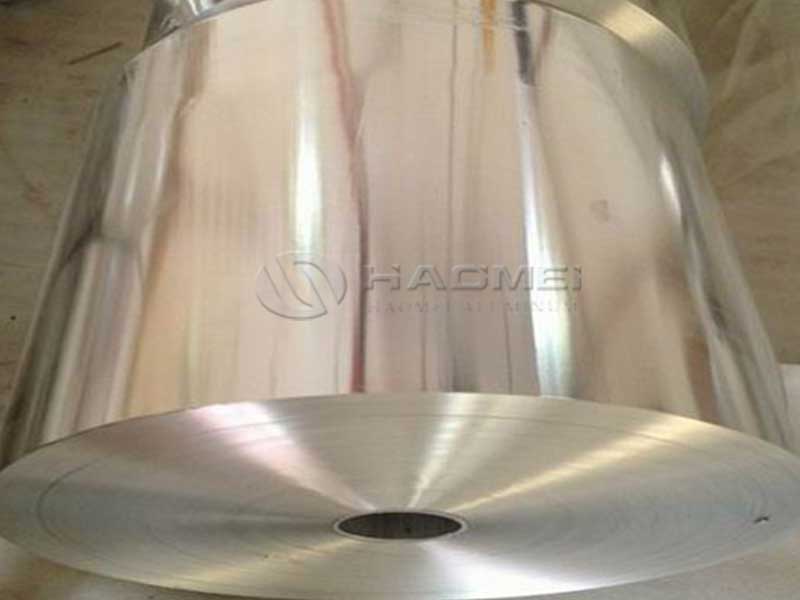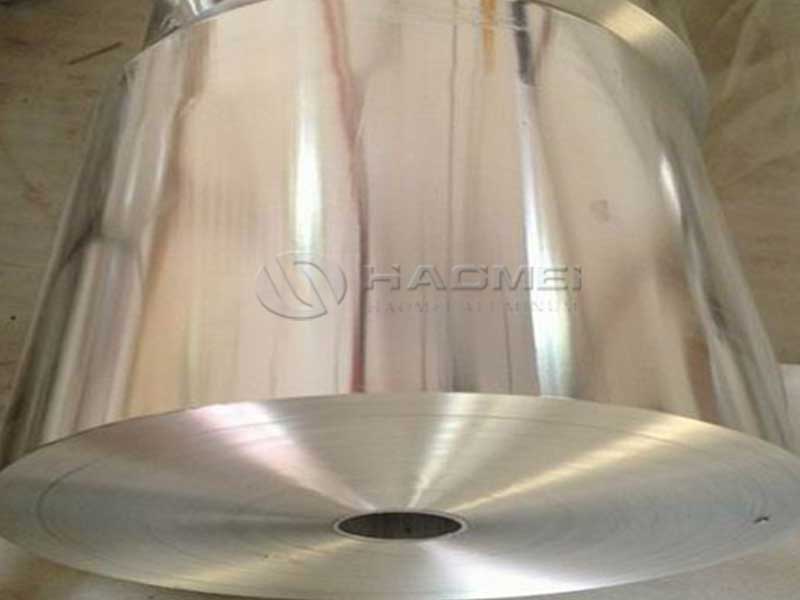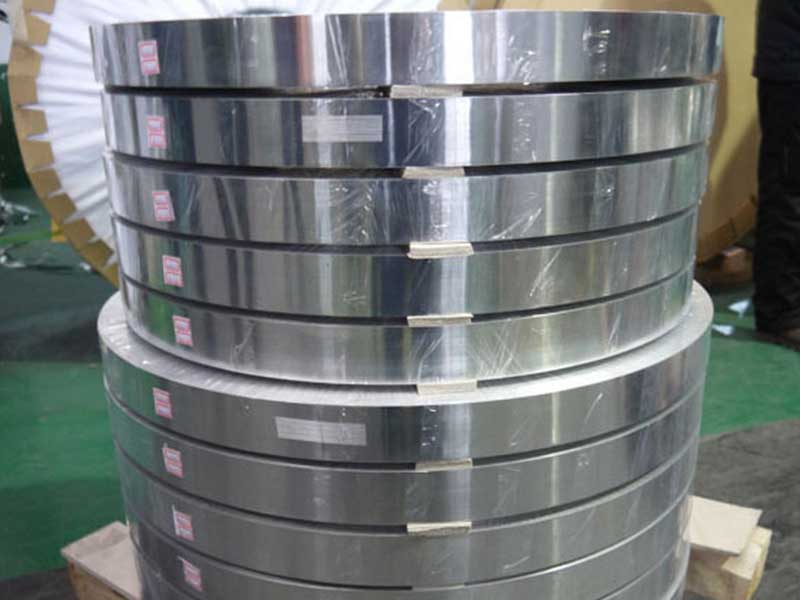Aluminum Foil for Milk Packaging: An Innovative Approach to Preserve Freshness
Aluminum foil has long been a staple in packaging, known for its excellent barrier properties that protect products from moisture, light, and oxidation. In the dairy industry, aluminum foil plays a crucial role in packaging milk, enhancing shelf life and maintaining the purity of this essential nutrient.
Why Aluminum Foil?
Aluminum foil's adaptability makes it perfected for many packaging needs, specifically for perishable commodities like milk. It combines lightweight, flexibility, and robustness, which are vital for any material aimed at preserving food quality.
Advantages of Aluminum Foil for Milk Packaging:
- Barrier Protection: Exceptional barrier properties against moisture and oxygen, minimizing the risk of spoilage.
- Light Protection: Shields harmful ultraviolet light—one of the main culprits behind off-flavors in milk.
- Temperature Resilience: Adept at withstanding temperature variations, an essential factor for transporting dairy products.
Technical Parameters of Aluminum Foil
the technical specifications of aluminum foil is crucial for manufacturers looking to implement these materials in milk packaging efficiently.
Specification Table
| Parameter | Description |
|---|---|
| Material Type | Aluminum foil (AA1200/AA8030) |
| Thickness Range | 30 - 60 µm (Micrometers) |
| Yield Strength | 125 - 190 MPa (MegaPascals) |
| Elongation Rate | 1% - 5% |
| Melting Point | 660 °C |
| Electrical Conductivity | 37.7 million S/m |
| Thermal Conductivity | 205-237 W/m·K |
| Respective Alloy/Temper Codes | Alloy AA8021-H24, AA8111-H24 |
Implementation Standards and Regulations
For aluminum foil to meet the high safety and quality standards required for milk packaging, it falls under a set of implementation criteria:
- Food Contact Safety: Must comply with regulations such as the FDA (Food and Drug Administration) or EU Directive 1935/2004.
- Material Quality Assurance: All raw materials should be certified Food Safe and Non-Toxic.
- Environmental Protocols: Must safeguard compliance with HACCP (Hazard Analysis Critical Control points) to ensure that food safety protocols are maintained.
Alloy Tempering for Optimal Performance
Alloys used for aluminum foil packaging are often subjected to specific tempering processes to enhance their characteristics. The most commonly utilized alloys like AA8011, AA8079, and AA8021 possess distinct temper characteristics that lead to superior performance.
Carrying out tempering engages strategies such as:
- Strain Hardening: Commissioned to nourish the hardness and plasticity of foil functionality.
- Annealing: Used to decrease internal stresses in the foil post fabrication, improves package adaptability without cracking.
Through this process, aluminum foil attains excellent sealing capacity necessary to sustain rigorous transportation and shelf impact.
Chemical Properties of Aluminum Foil
Evaluating the chemical properties of aluminum foil helps monitor its environmental stability when in contact with packaging materials.
Comparable Chemical Table:
| Property | Value |
|---|---|
| Corrosiveness | Excellent corrosion resistance |
| PH Range | 4.5 - 9.5 (Tolerance to food acidity) |
| Conductivity | Resistant to primarily acidic foods |
| Recyclability | Fully recyclable over infinite cycles |
pioneering a Sustainable Future
Aluminum foil’s lightweight nature significantly contributes to lowered transport emissions while supporting recycling applications to render a lure for environmentally-conservative customer bases.
Utilizing this marvel in innovative packaging solutions ensures milk processors can embrace extended freshness that meets modern consumer demands for quality and sustainability.


